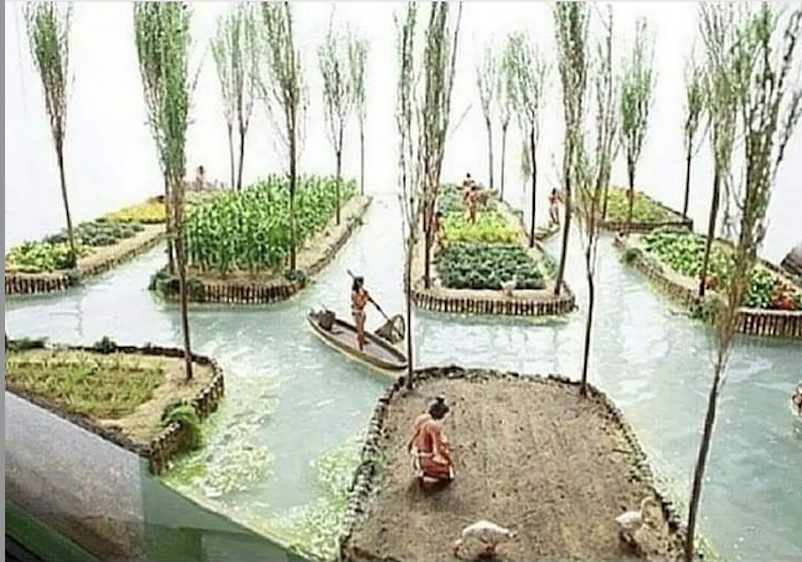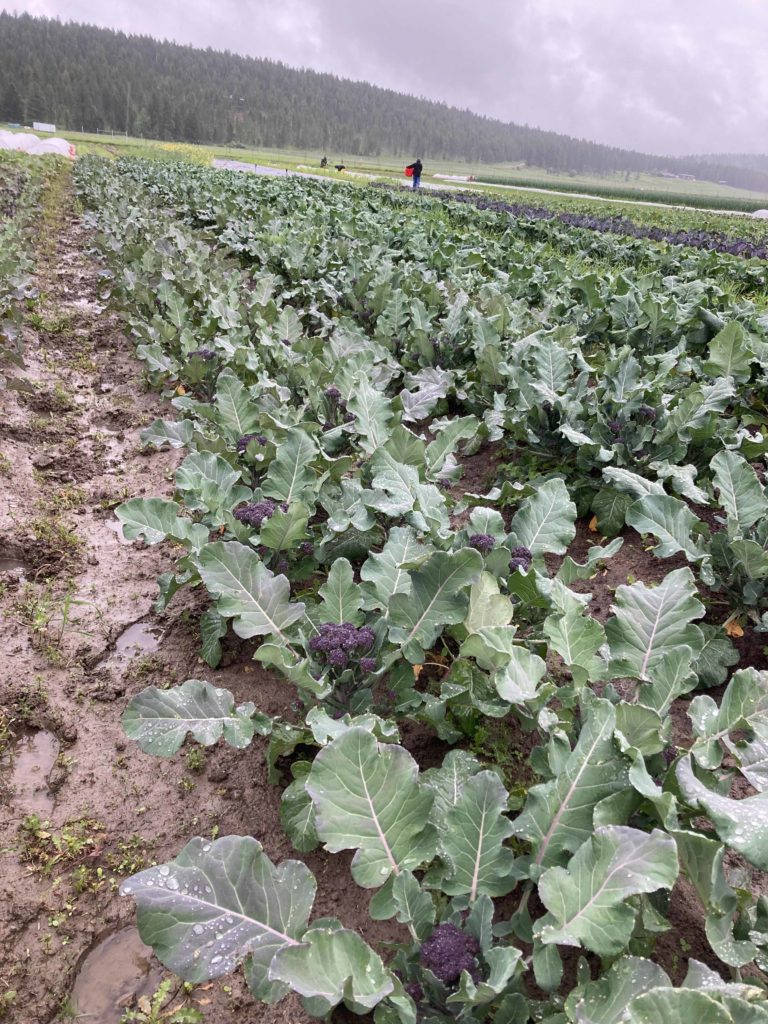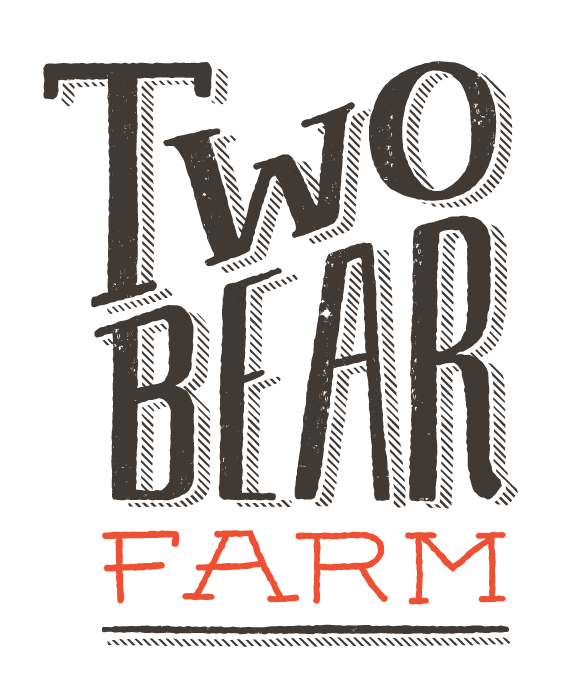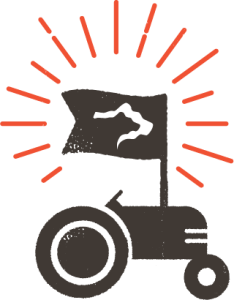Full Share: Salad mix, Baby Bok Choy, Spring Onions, Carrots, Rainbow Chard, Basil, Purple Cauliflower, and Purple Broccolini
Partial Share: Salad Mix, Green Broccolini, Spring Onions, Basil Carrots
Hello CSA members!
I won’t lie to you, it’s been a wet and difficult week on the farm, and as I sit here writing, the rain continues to pour down. While the initial flooding of the fields was mitigated, the soils continue to be over-saturated with water. It’s true this makes harvest a bit more challenging, kneeling in mud and standing water, but the real issue is that the plant roots need oxygen at some point. A week into this weather, and the plants are starting to wilt and yellow due to a lack of oxygen in the root zone. Will they recover? Time will tell, but it needs to stop raining first. Although, as I look out at the field, I’m beginning to re-think our growing system as we deal with increasing climate volatility. Maybe the Aztecs had it right?

It may be a little know fact that so much of the knowledge we have in this country about growing vegetables stems from indigenous knowledge, from both here and imported. Given it is Juneteenth, I offer up a book recommendation. “Healing Ground” by Liz Carlisle is a fascinating story about food and culture. A story of hope that challenges our faulty narrative of what a food system is in this country, and what it should be.
Given the weather challenges this year, it was a good thing we spent so much time on stress management techniques the winter, as the season has been one of our most challenging to date. Our 14-acre farm operates with a crew of 10 people (including Rebecca and I), which doesn’t feel like a lot of people for such a large area of intensively grown vegetables. But it’s still a payroll of about $8,000 a week. Given the farm operates for about 8 weeks before we are able to sell a single crop, we always start the season by digging a big financial hole. Then, we try to crawl our of that hole during the remainder of the season, which is why a slow year like this is so challenging. It’s also why the CSA program is so important to us. I’m not sure if you all realize it, but CSA stands for Community Supported Agriculture. And the rationale for this type of program is that instead of farms going to a bank to get a loan, or line of credit, in the spring when expenses are high and sales are non existent (putting farms at great risk of defaulting on bank debt), the CSA program, by requiring members to pay up front, allows the members themselves to provide the working capital for the farm, with the payback of getting veggies a couple months later during the growing season. In other words, you, the community, are supporting the farms during the challenging early season and helping take on some of the risk. It’s intended to be a mutualistic relationship, as opposed to the often predatory situations that exist in the banking world. Just thought I’d throw that tidbit out there to give you a better understanding about what a CSA really is, and how you play a role in the local food system. So, thanks!

Despite the amazing amount of water and mud, we have done our best to clean all your veggies and keep a high level of quality. Just keep in mind though, that everything on the farm is seeking higher ground as to not drown, so if you find an earth worm or spider in your salad, rather than get grossed out, simply think of them as climate refugees. And, also an indicator that no dangerous insecticides are used on this farm.
Thank you again for being a part of our CSA, and hopefully this is the week the sun comes out and the soils are able to dry out a bit. I’m sure in another month, I’ll be complaining about not having enough rain! See you at CSA!
Todd








Stoked to try the basil carrots. I didn’t know you guys were so deep in the hybridization game!
thanks for surviving the rain and mud. I never worry about little critters, just set them outside so they can carry on.